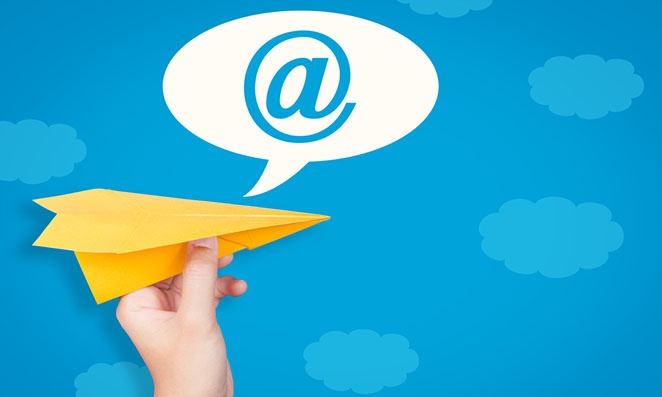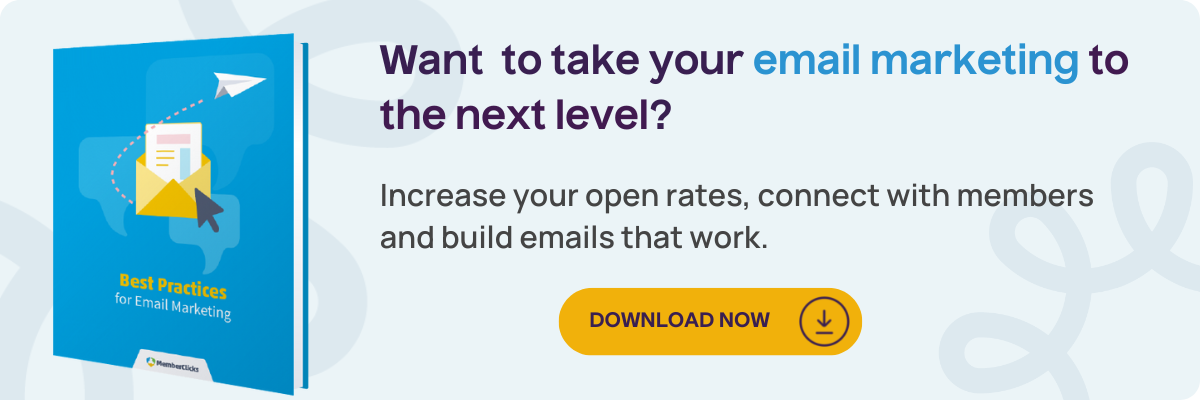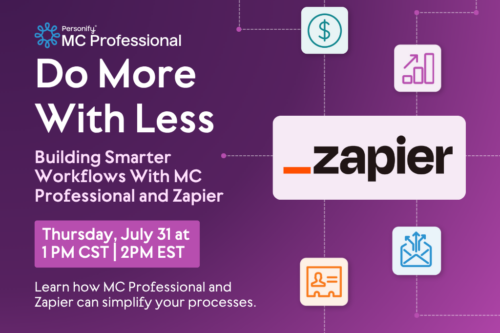So many emails, so little time. That’s pretty much how we all feel when scrolling through our inboxes. But you don’t want your members to feel that way. After all, you spend SO much time trying to put those emails together. The last thing you want is for them to go unnoticed. Great email copy can make a difference.

Quick overview: What is email copy?
Email copy refers to the writing within an email. It’s viewed separately from the design, the subject line and intro text.
Email copy is more of a marketing term used for purpose-driven emails. You wouldn’t really consider an email reply written back to a team member as “email copy”. But the writing in your dues reminder emails? You bet!
Why your email copy matters
Aside from the point we made above about copy being the thing that communicates with your members what you’re trying to tell them, it actually has a few other purposes.
It helps keep up the “brand” of your organization
The words you use, how formal you are and how you “talk” to your members through email give them a sense of the type of organization you are. For new members especially, email communication can help build relationships.
The right words make a difference
What makes you click or engage with emails in your inbox? Think about this next time you scroll through your messages.
“FREE ebook” vs “get our new ebook” vs “launching our new book” all say different things. So the words you choose for your emails are super important to make sure you’re saying EXACTLY what you want to.
Copywriting tips for emails
If you need help ramping up your organization’s email efforts, these 3 must-have components of compelling email copy can help.
1. Make it as personal as possible
If you really want people to pay attention to your email (and hey, who doesn’t?!) it’s important to personalize your message as much as possible. Names, dates, prices, etc. – whatever you can include, it’s best to do so. In fact, according to the 2014 Science of Email Marketing Report, having just first name personalization increases your click-through rate from about 5.8 percent to about 7 percent.
Now don’t panic. Email personalization doesn’t have to be done manually. In fact, if you’re using an AMS, you don’t actually have to do any extra work at all. An AMS can integrate with your organization’s database, allowing you to pull any of the member data you’re tracking into a clean and personalized email.
Some other ways to make your email copy more personal include:
- Signing your emails off with a name from your association leadership team
- Include the email receivers personal name
- Send from a personal email
- Include pictures of real people from your association
2. Have a singular main action
Every email you send has a purpose. Or, it should! It could include many things, including:
- Directing people to your website
- Inviting them to register for an event
- New board member announcements
- Announcing dues price increases
- Any other information you need your members to see
In fact, staying in consistent communication with your members can help build trust, relationships and connection between you and them.
Filling a single email with more than one main action can confuse your members about what you are trying to tell them and what you want them to do.
Utilizing calls-to-actions (CTAs) can help to direct your members to what you want them to do. CTAs are words or phrases that try to provoke an immediate response, such as “click here” or “call today.” These actionable phrases help your members understand what exactly is wanted from them.
To make your CTAs stand out, try making them bigger, using a different color or outlining them with extra white space. Remember, ensuring your audience understands what you want from them is the key to generating results.
The exception
Certain types of emails, like newsletters or monthly wrap-ups, will most likely have more than one CTA. But the singular action item is something to keep in mind because even these emails are for a specific purpose.
3. Keep is short and simple
When it comes to email marketing, one of the worst mistakes you can make is trying to shove an entire story into a small email message.
Think about when you open an email in your inbox. Do you read every single word? Probably not. And if that message were 300 words long, the chances of you reading it would decrease even further.
Make it easy for your members by summarizing the information in a short, compelling way. Then, if they want to know more, they can always click through to a page on your website for more information.
4. Focus on clarity, not creativity
You don’t want your members to have to read between the lines to understand your message.
If you’re sending them to a landing page on your website, you can get super creative there. But email messages should be clearer than glass.
This tip can help when you’re trying to find the right words. The best words aren’t always the most complicated. So, merge #3 (short and simple) with this point and keep things simple and clear.
Building emails your members love
There’s a lot that goes into emails. The email copy is the bulk of it. Hopefully these tips help you with your next email.

















